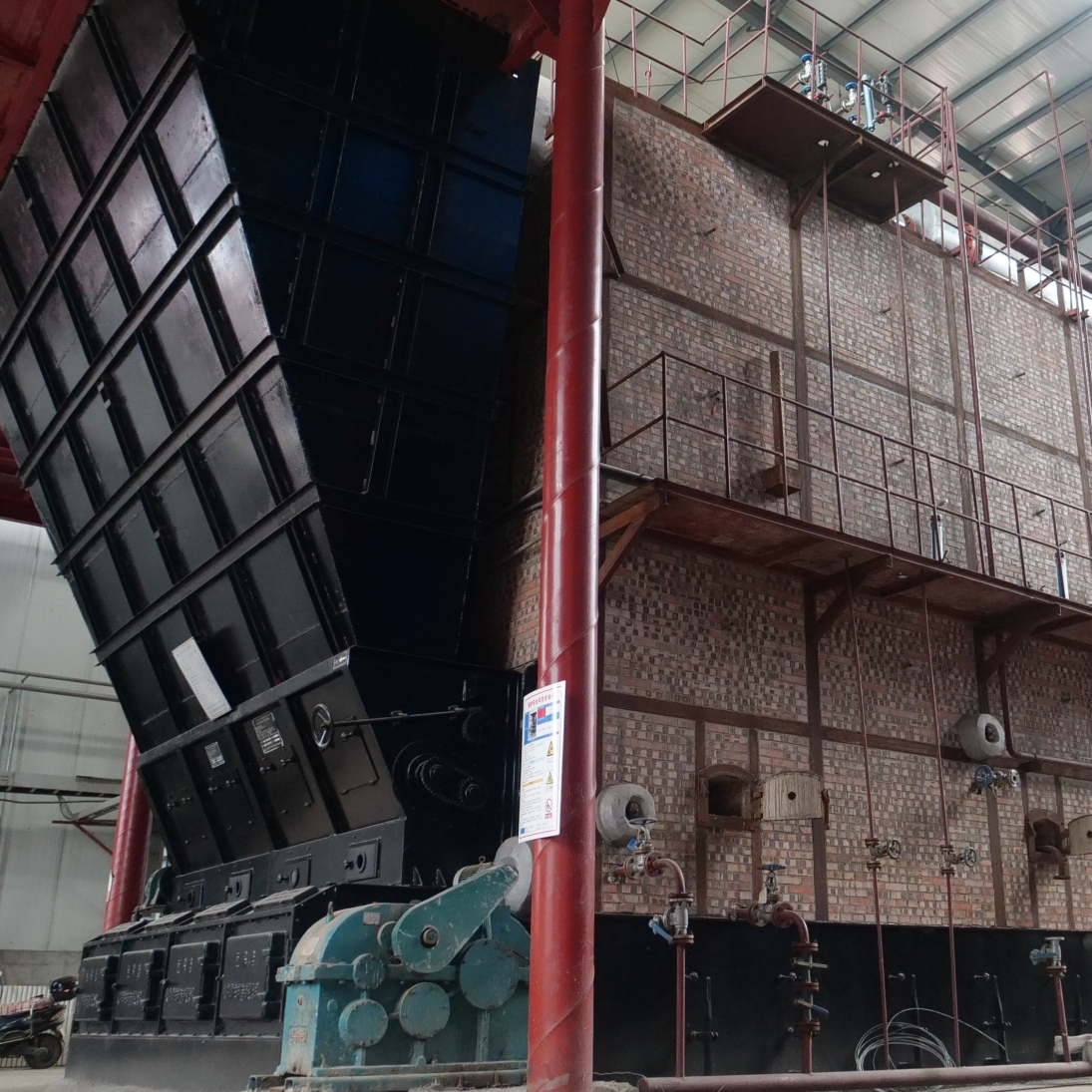
ធ្នូ . 09, 2024 14:23 Back to list
how to drain a hot water boiler system
How to Drain a Hot Water Boiler System A Step-by-Step Guide
Draining a hot water boiler system is an essential maintenance task that can help prolong the life of your boiler and ensure it operates efficiently. Over time, sediment and mineral deposits can accumulate in the boiler, affecting its performance. This guide will provide you with a step-by-step process to safely and effectively drain your hot water boiler system.
Preparation
Before you start, gather the necessary tools and materials - A bucket or hose for draining water - A flathead screwdriver or wrench - Towels or rags - A garden hose (optional) - Safety goggles and gloves
Make sure to turn off the power to the boiler and allow it to cool if it has been in use. This is crucial to avoid any burns or injuries.
Step 1 Turn Off the Boiler
Locate the thermostat and set it to the lowest setting or turn it off entirely. If your boiler has an electric supply, switch off the boiler at the circuit breaker. For gas boilers, turn off the gas supply as well. This step is vital to prevent the boiler from activating during the draining process.
Step 2 Cool Down the System
Allow the boiler and the hot water in the system to cool down for a few hours. You can check the temperature using a thermometer. It is essential to ensure the water is at a safe temperature to prevent scalding when you begin to drain it.
Step 3 Connect the Hose
If your boiler has a drain valve, connect a garden hose to this valve. If it doesn't, you can place a bucket underneath the drain valve. Ensure that the hose or bucket is positioned to capture all the draining water. If using a hose, run it to a location where the water can safely drain away, such as a floor drain or outside.
Step 4 Open the Drain Valve
how to drain a hot water boiler system

With the hose securely in place, open the drain valve. You may need to use a flathead screwdriver or wrench to loosen the valve. Water will begin to flow out of the boiler and into your bucket or hose. Ensure you monitor the draining process to prevent overflow or spills.
Step 5 Flush the System
Once the water has drained, you may want to flush the system to remove any remaining sediment. To do this, close the drain valve and open the water supply valve to the boiler. Allow fresh water to flow into the system for a few minutes, which will help dislodge any accumulated debris. After flushing, reopen the drain valve to let the new water run out. This step is particularly beneficial if you notice any significant sediment buildup or discoloration in the water.
Step 6 Close the Drain Valve
After the flushing process, close the drain valve tightly to prevent leaks. Ensure all connections are secure, and there are no drips or spills.
Step 7 Refill the Boiler
With the drain valve closed, you can refill the boiler. Open the water supply valve slowly and let the water fill the boiler. Keep an eye on the pressure gauge to ensure it reaches the optimal operating pressure. Usually, the pressure should be between 12 to 15 psi when the system is cold.
Step 8 Restore Power and Check the System
Once the boiler is refilled, restore power to the system. If you have a gas boiler, turn the gas supply back on. Set the thermostat to the desired temperature. Monitor the system for a few minutes to ensure everything is working properly. Check for any leaks around the drain valve and the connection points.
Final Tips
- Regularly check and maintain your hot water boiler system to prevent significant buildup of sediment. - It is advisable to drain and flush your boiler at least once a year, or more frequently if you live in an area with hard water. - If you encounter any issues during the draining process or if your boiler shows signs of damage, don't hesitate to call a professional.
By following these steps, you can effectively drain your hot water boiler system and maintain its efficiency. This simple maintenance task can save you time and money in the long run while ensuring that your home remains warm and comfortable.
-
Oil Fired Hot Water Boilers Sale - High Efficiency & Affordable
NewsJul.31,2025
-
High-Efficiency Commercial Oil Fired Steam Boiler for Industry
NewsJul.30,2025
-
High-Efficiency Biomass Fired Thermal Oil Boiler Solutions
NewsJul.30,2025
-
High Efficiency Gas Fired Thermal Oil Boiler for Industrial Heating
NewsJul.29,2025
-
High-Efficiency Gas Fired Hot Water Boiler for Sale – Reliable & Affordable
NewsJul.29,2025
-
High Efficiency Biomass Fired Hot Water Boiler for Industrial and Commercial Use
NewsJul.29,2025
Related PRODUCTS






















